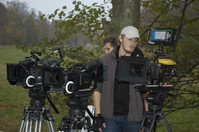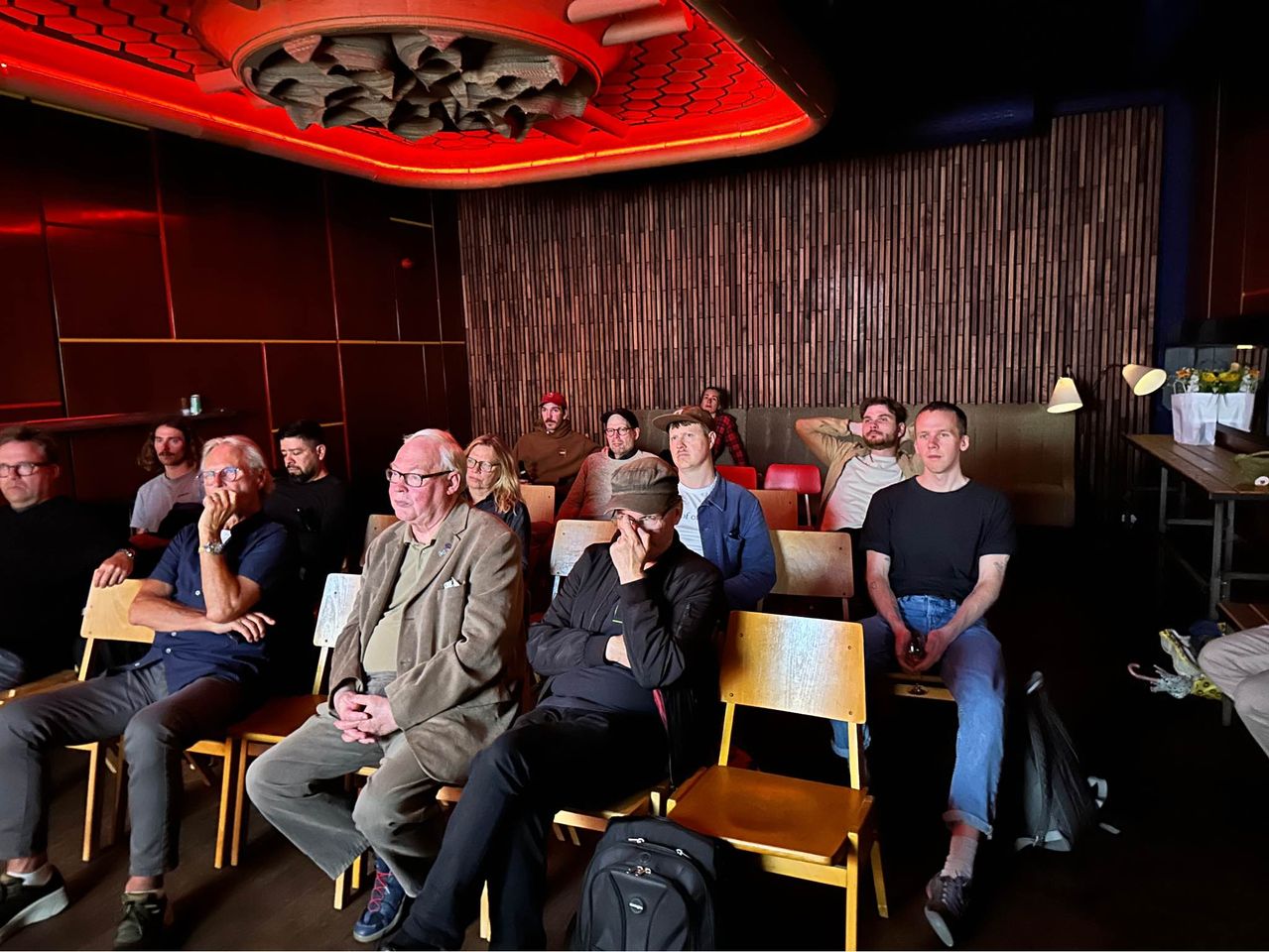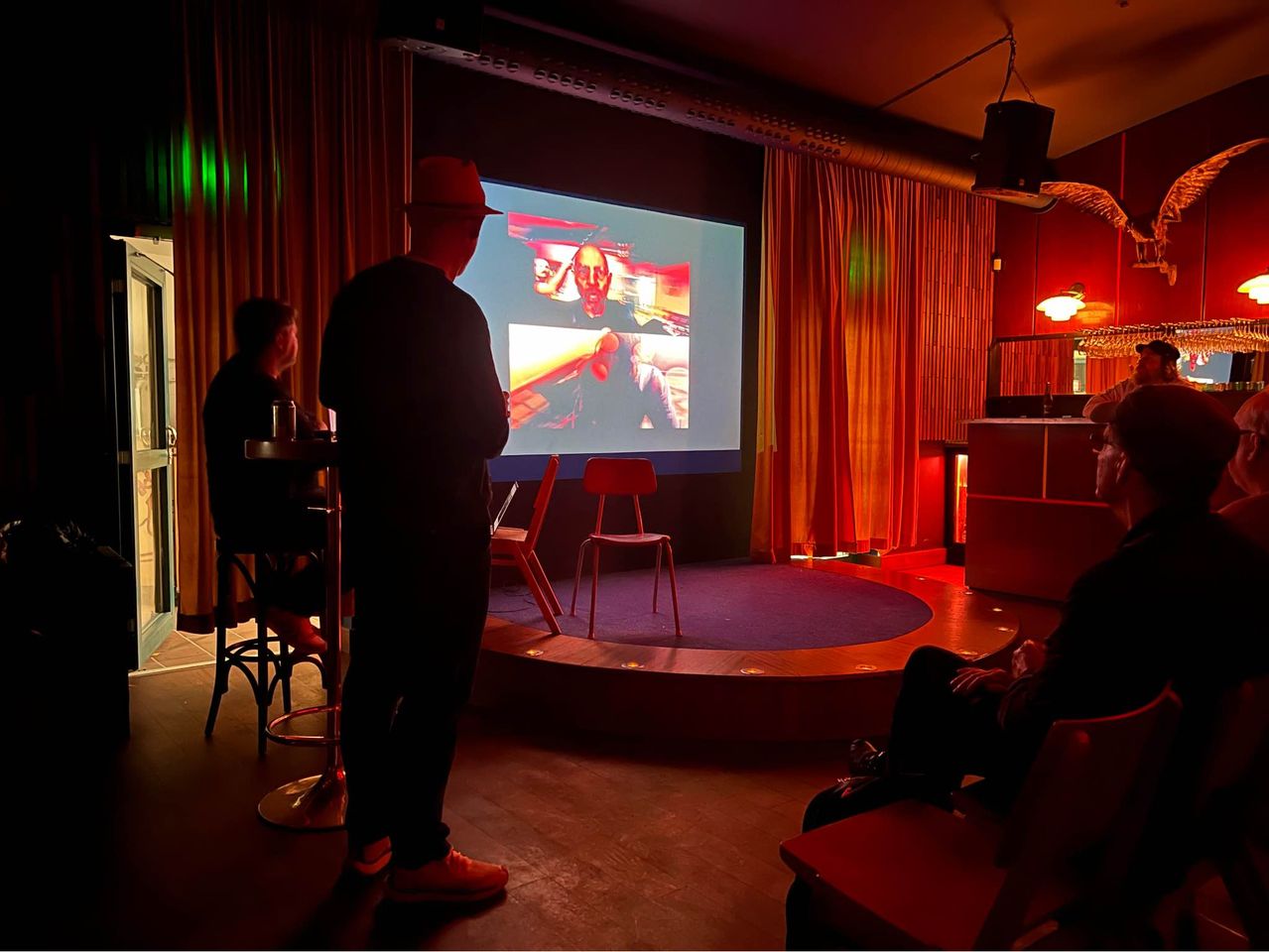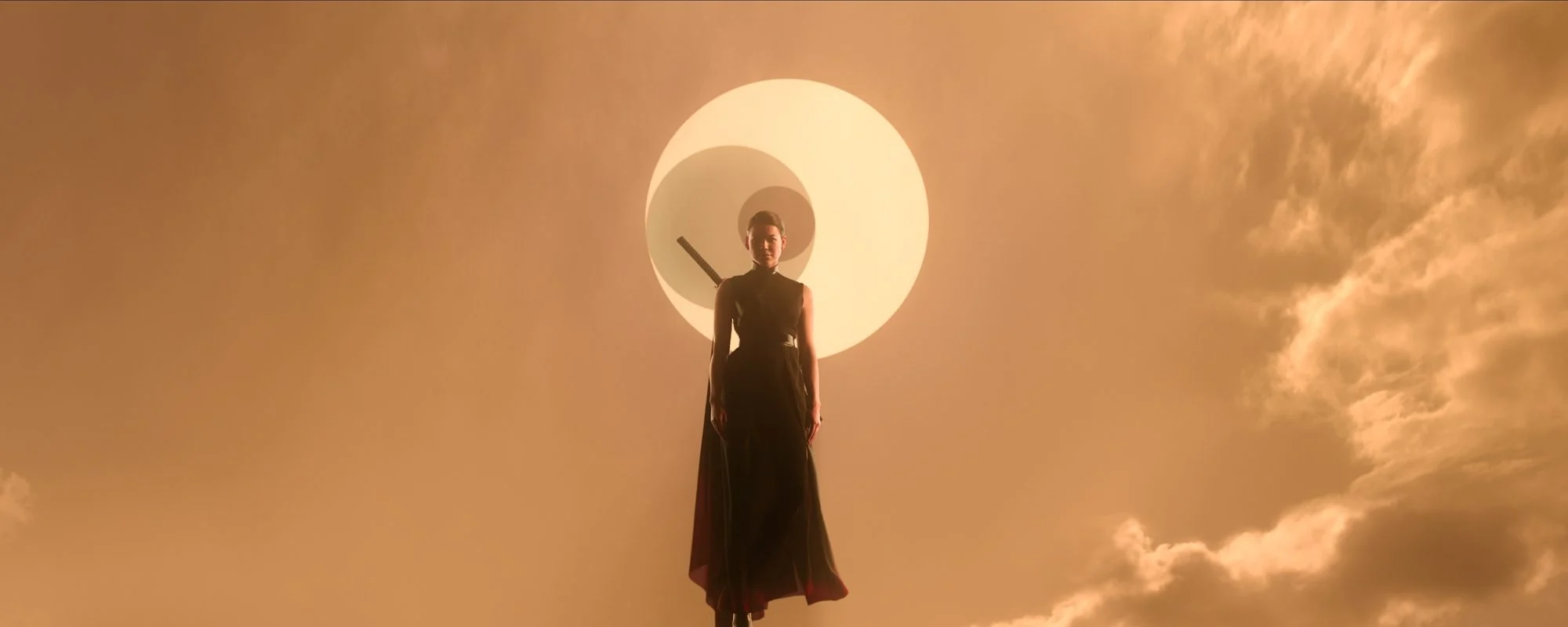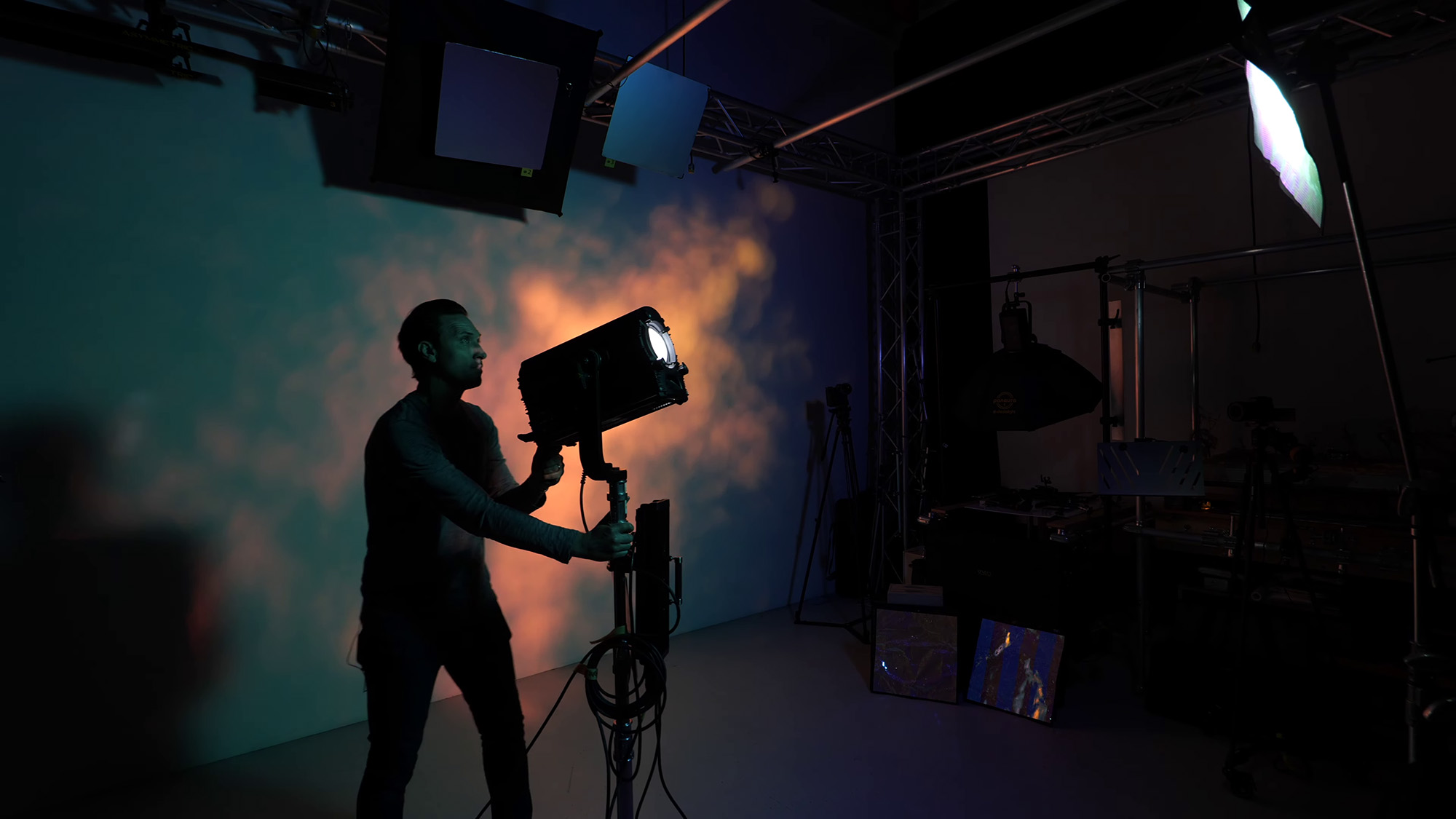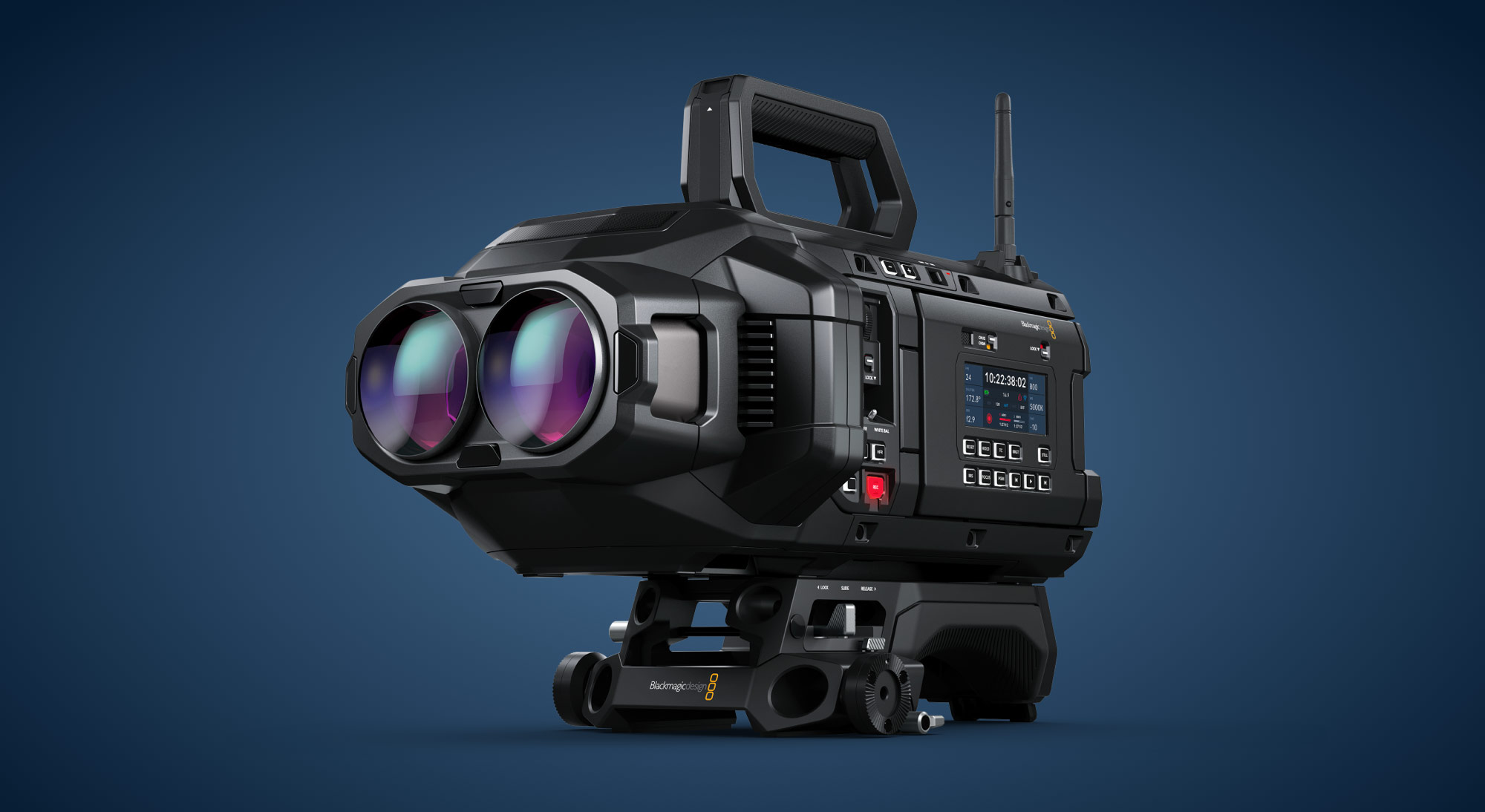Test av RED-kameran i Stockholm
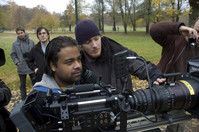
Intresset för den nya digitalkameran RED har varit stor och efter att de första 50 exemplaren nu har levererats ser vi alla fram emot att få se jämförande tester. Vår filmfotografkollega i FSF Andrés Rignell var med och gjorde en första test i Stockholm för Marcus Vasques Osorio på KTH, som ska skriva en avhandling om digitala filmkameror .
”Jag hade turen att få vara med och testa RED-kameran i helgen. Tillsammans med Floris Van de Lee från Holland gjorde vi en test med RED, där vi jämförde den med Phantom-kameran samt med 35 mm film i en ARRICAM LT”, berättar Andrés Rignell.
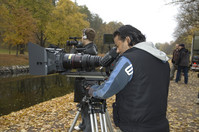
“Vi gjorde det i ett samarbete med Pelle Mellqvist på Kameraten och Björn & Daniel Thisell på Ljud & Bildmedia med teknisk assistans av Floris Van de Lee och det Holländska företaget Camalot. Vi sköt en massa olika tester såsom panorering, tiltar, över- och underexponering, samt natt exteriört. Sedan körde vi också en test med Greenscreen. Chimney Pot kommer att ta hand om materialet och slutföra testerna med färg-/ljussättning. Jag tittade lite grann på det i RED Alert och det ser mycket bra ut.”
Vi återkommer när testerna har blivit utvärderade efter arbetet hos Chimney Pot.
Här några internationella synpunkter efter inledande tester med RED-kameran.
I recently attended a work shop with the RED in Sydney. I agree that the resolution of the RED appears to be similar to the Genesis. But the Genesis is vastly superior in terms of exposure latitude. The Genesis is extremely filmic in terms of how it handles highlights. I recently shot camera tests for a feature film with the Genesis. The grader was able to “correct” a person and colour chart overexposed to up to 4 stops without any apparent degradation in the image whatsoever. At 5 stops it fell apart. The RED is still very much like the other HD formats in that the highlights quickly clip and lose information.
Lani Hannah ACS
Cinematographer
Melbourne
- Red has very low noise
- Red has somewhat low dynamic range
While I agree with the first of these two statements, the second is utterly contradictory to the results of the testing that I have done. In fact, I would go as far to say that the dynamic range is in fact this camera’s most notable feature. Understanding and being able to utilize the dynamic range may be a bit different than some other cameras, but describing it as “low” just doesn’t agree with my findings at all.
Kevin Halverson
Engineer / DP
Los Angeles
The problem with varying exposure shot-by-shot to hold dynamic range dependent on the brightest element in the frame, is that shot-by-shot, your exposures would vary depending on scene content, and there is the potential for variations in noise level once they are color-corrected to match each other.
Unlike still photography, cinematography often involves multiple shots for the same sequence, and while an individual shot in that scene may or may not contain something very bright – or the camera may move past something bright in one set-up but not another – the shots are supposed to match tonally with each other. So I worry about a philosophy of exposure that is not consistent within a sequence but has to be varied shot-by-shot based on dynamic range, and then matched later in post. That’s assuming that the noise variations will be visible, which may not be the case if the variations are minor enough.
In film, for example, we generally don’t expose one shot within the same scene so that it prints at a 19-19-19 (let’s say to hold bright detail) but the next one prints at a 40-40-40 (to hold more shadow detail), because we know that the grain & black levels will mismatch in the print. We rely instead on the dynamic range possible with the film stock to hold the far ends, and we of course, manipulate lighting & what not to control the extremes, not to mention get the look we want. But generally we expose for the key subject and how we want it to be rendered, and we try to be consistent shot by shot that there won’t be extremes in color-correction later to match the shots.
And most of us do push the exposure range possible with film to its limits as a matter of routine, since real life can have an extreme exposure range to deal with.
Therefore, while I understand that the approach to exposure is different with digital compared to color negative film… there are practical limits to how much we can vary exposure based on overall scene exposure content (rather than the key subject) within a sequence that is supposed to intercut. That’s why a digital camera with excellent dynamic range is very important.
David Mullen, ASC
Los Angeles
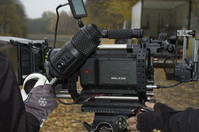
As a manufacturer I’m amazed by the confidence of Red to go straight to production from a board camera test back in December. No Alpha testing, no Beta testing, no field tests of any kind that we’ve heard of. I wish them all the best and hope they succeed, but it’s hard not to be sceptical…
Jacek Zakowicz
Lens designer, engineer
